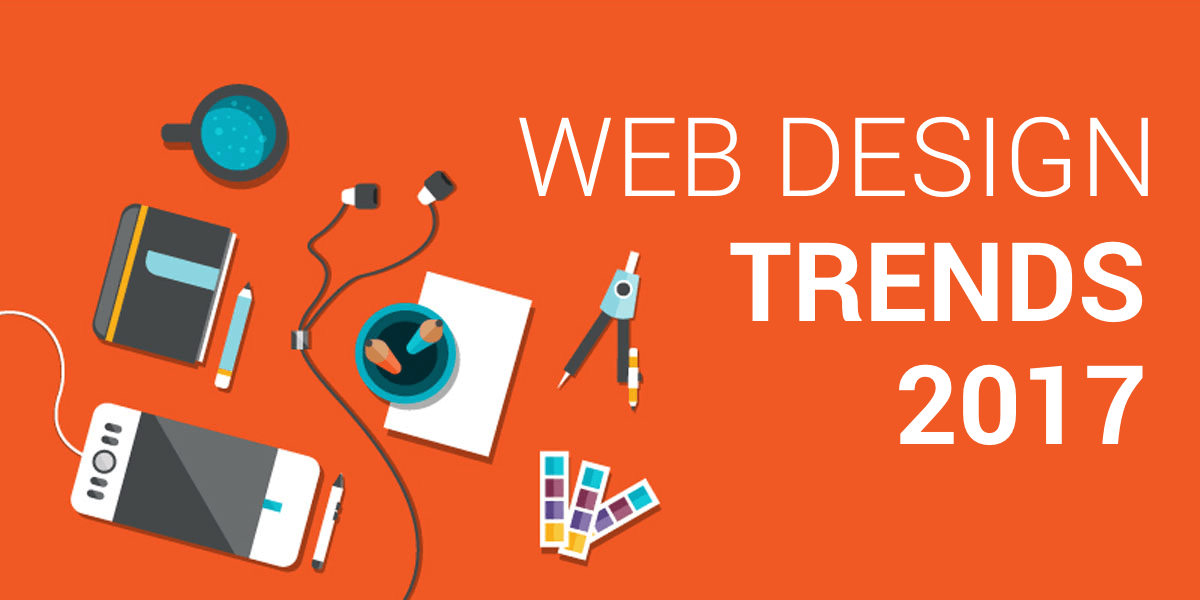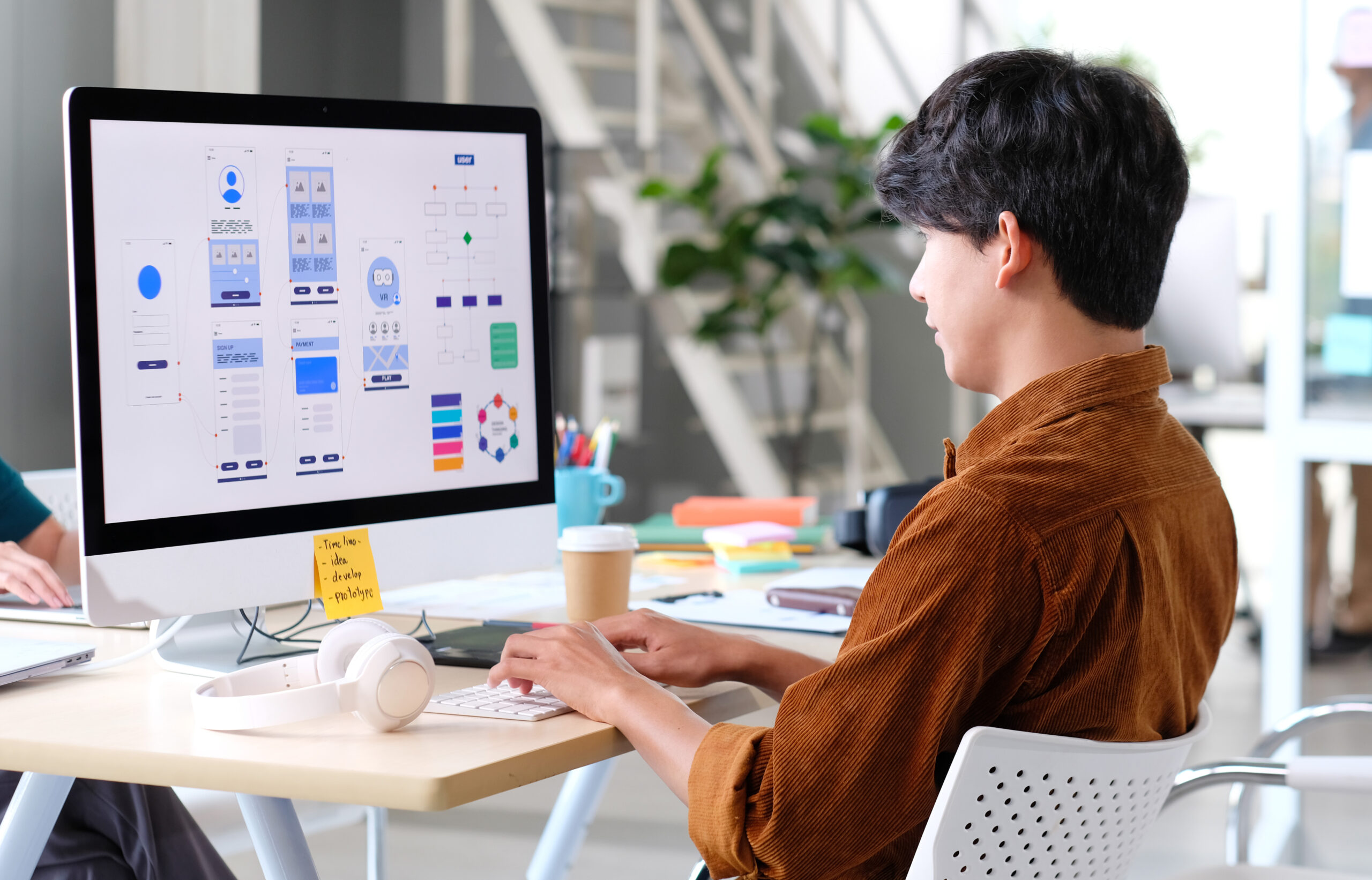Expert Aligned Position Web Design: Elevate Your Digital Presence with Our Professional Services
Expert Aligned Position Web Design: Elevate Your Digital Presence with Our Professional Services
Blog Article
The Best Types of Web Layout to Enhance User Experience and Involvement
In the ever-evolving landscape of digital communication, the efficiency of Web layout significantly influences customer experience and interaction. Various layout techniques, such as minimalist, receptive, and interactive layouts, each deal unique benefits that can cater to diverse individual requirements.
Minimal Web Design
As digital landscapes come to be increasingly messy, minimal Web style has actually become a powerful strategy to improving user experience. This layout viewpoint focuses on simpleness, concentrating on necessary components while removing unnecessary interruptions. By making use of sufficient white area, simple navigating, and a minimal color scheme, minimal layout promotes clarity and guides individual focus to crucial material.
The core principle of minimal website design is to produce a smooth interaction for customers. By lowering cognitive tons, users can swiftly comprehend information without really feeling bewildered. This direct strategy not only enhances use but also urges interaction, as site visitors are most likely to discover a site that is simple and visually enticing to navigate.
In addition, minimalist design typically emphasizes typography and images, using these components purposefully to convey messages effectively. This concentrate on important parts can boost brand name identification and create an unforgettable individual experience. Fundamentally, minimalist Web style is not simply a fad; it is a thoughtful approach that recognizes the relevance of user-centered layout. By removing away peripheral components, designers can create an extra appealing, reliable, and enjoyable Web experience for all users.
Receptive Website Design
In today's varied electronic environment, receptive Web style has ended up being crucial for developing a smooth customer experience throughout a wide range of devices. As customers gain access to internet sites on mobile phones, laptops, desktops, and tablets, the capability of a website to adapt its format and content to various display sizes and resolutions is important.
Responsive website design employs versatile grids, images, and CSS media queries to make sure that Web material exists efficiently, no matter of the gadget made use of. This approach not only boosts the visual allure of a web site however likewise considerably boosts usability. Individuals are a lot more most likely to engage with a site that supplies a consistent experience, as it eliminates the disappointment of needing to focus or scroll exceedingly.
By embracing responsive layout, companies can improve their visibility and get to a wider target market. In summary, receptive Web design is a fundamental practice that enhances customer experience, interaction, and overall complete satisfaction.
Interactive Website Design
Receptive Web design lays the foundation for enhancing customer experience, but interactive website design takes this an action further by engaging individuals in an extra vibrant method - Aligned Position Web Design. By integrating elements such as computer animations, clickable models, and real-time comments, interactive Web style mesmerizes users, drawing them into a richer browsing experience
This technique not only cultivates interaction but also motivates individuals to discover material actively instead of passively eating it. Strategies such as gamification, where customers earn benefits for completing jobs, can substantially improve the time spent on a website and enhance overall complete satisfaction. In addition, interactive features can simplify complex information, making it more digestible and pleasurable.

Integrating interactive layout components can additionally bring about higher conversion rates, as customers are a lot more most likely to involve with a website that actively includes them. Aligned Position Web Design. Ultimately, interactive Web style changes user experiences right into remarkable journeys, making sure that site visitors return time and once more
Flat Style
Defined by its minimalistic approach, flat layout emphasizes simpleness and functionality, removing unneeded components and concentrating on essential functions. This style viewpoint prioritizes use, guaranteeing that customers can navigate interfaces easily and efficiency. By using a tidy aesthetic, level layout removes the clutter typically discovered in extra luxuriant designs, therefore improving individual concentrate on web content read here and performance.
The characteristic of level style exists in its use bold shades, straightforward typography, and geometric forms. These components contribute to an aesthetically enticing user interface that is both contemporary and approachable. Furthermore, level design promotes a sense of clearness, allowing users to discern crucial actions and information without disturbance.
Furthermore, flat layout is particularly efficient in responsive Web design, as its simpleness converts well across different tools and display dimensions. By concentrating on vital features, level layout not just meets individual demands however also motivates smooth interaction, making it a vital component of reliable Web style methods.
Adaptive Website Design
Adaptive Web layout tailors the user experience by producing multiple fixed layouts tailored to various display sizes and devices. Unlike responsive layout, which fluidly adjusts a solitary format, flexible design uses distinctive formats for certain breakpoints, making certain optimal discussion on different platforms. This approach allows designers to focus on the distinct qualities of each device, boosting usability by delivering exactly what users require based upon their context.
Among the key advantages of adaptive Web design is its capacity to enhance tons times and performance. By serving tailored material and pictures that fit the user's device, websites can minimize data use and boost loading rates. This is especially useful for individuals with slower connections or limited data strategies.

Furthermore, adaptive style assists in a more controlled and consistent branding experience. Because designers develop several formats, they can guarantee that the visual components align with the brand name's identity across various systems - Aligned Position Web Design. This leads to a cohesive individual experience, boosting engagement and advertising user retention
Conclusion
In verdict, the combination of minimal, responsive, and interactive website design concepts substantially enhances user experience and involvement. Minimal layout cultivates clearness and emphasis, while receptive layout makes sure flexibility throughout numerous devices, promoting access. Interactive design astounds individuals via vibrant elements, encouraging exploration and personalization. Jointly, these style approaches add to the production of straightforward settings that not just boost satisfaction but likewise drive higher conversion prices, additional info underscoring their crucial relevance in modern Web design methods.

Minimal style fosters quality and focus, while receptive style ensures flexibility throughout numerous devices, promoting access. Collectively, these layout comes close to contribute to the development of easy to use settings that not only enhance fulfillment but also drive greater conversion rates, underscoring their essential significance in modern Web layout techniques.
Report this page